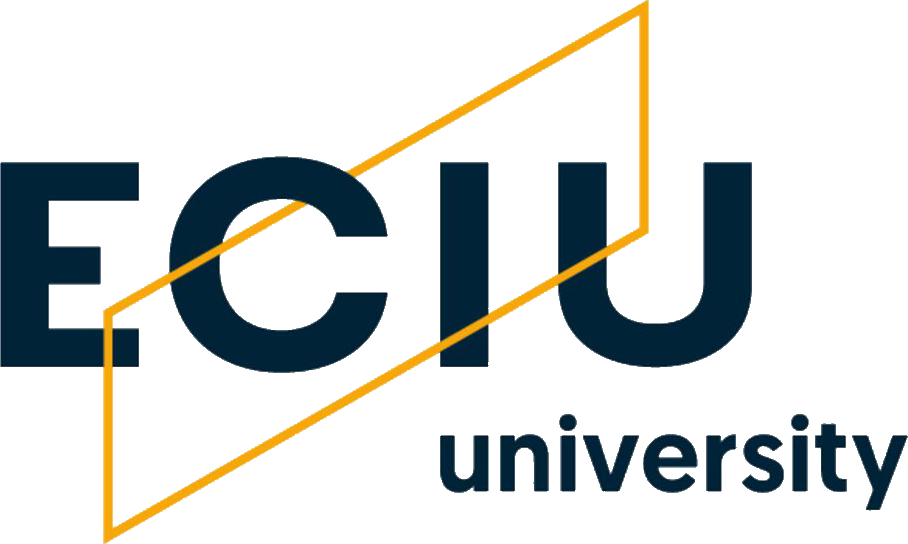Sustainable development and the idea that the needs of the present generation should be fully satisfied, but not at the expense of future generations, is the principle followed by the team that set themselves the goal of implementing a product that uses post-production plant pomace.
The innovative solution was developed in a team consisting of Joanna Grzelczyk MSc, Dr Eng. Ilona Gałązka-Czarnecka and Dr. Eng. Joanna Oracz from the Institute of Food Technology and Analysis at the Faculty of Biotechnology and Food Sciences of Lodz University of Technology. The idea has been submitted for patent protection and takes part in the competition "I Have an Idea for a Start-up" organized by the City Council of Łódź.
Why waste plant raw materials?
The food industry is a constantly developing industry, the specificity of which is reflected in consumer preferences. Over 88 million tonnes of food waste is generated annually in the world, and as much as 9 million tonnes in Poland. Importantly, about 39% of this waste is generated by agri-food companies. Intensive search for ideas for their development is underway.
Waste generated in the oil or fruit and vegetable industry can be used for biomass or animal feed. However, such solutions still do not bring the expected effect, either on a regional or global scale. Many agri-food companies are struggling with the problem of a large amount of undeveloped plant waste materials, such as pomace, seeds and peels.
Most of the waste (by-products) can still be an interesting intermediate product with an interesting nutritional composition.
One of the solutions for the management of plant by-products is the recovery of bioactive compounds present in them and their use in the production of nutraceuticals, functional or fortified food. However, most agri-food waste cannot be processed in this way. In addition, large amounts of waste still remain after the extraction of bioactive compounds.
The burden on the environment resulting from the overproduction and waste of food is constantly growing, which is why it is so important to manage a huge amount of waste. When developing new methods of processing them, it is necessary not only to protect the natural environment, but also to preserve natural resources for future generations.
Different faces of disposable packaging and utensils
The main materials for the production of packaging and disposable tableware are plastics. Their production is dominated by: polypropylene, polyethylene, polyethylene terephthalate. The usable advantage of such packages is their durability and stability, but their disadvantage is a very long decomposition time. It can be seen in illegal dumps, forests and waters. Waste deposited in seas and oceans has a particularly negative impact on the natural and human environment.
It is worth noting that about 10 percent of all synthetic packaging produced so far has been recycled, around 76 percent landfilled, and over a dozen percent has been recovered for energy.
The growing ecological awareness of the society has led to the intensive development of the sector of biodegradable plastics. Currently, reusable packaging and disposable tableware are produced from various types of biodegradable polymers. Biodegradable plastics can be produced from renewable or non-renewable resources (e.g. from petrochemical raw materials).
Unfortunately, producers still decide to choose non-renewable resources. Most biodegradable plastics contain natural and synthetic polymers (e.g. starch, polyhydroxyalkanoate, polyethylene with starch). In order to obtain biodegradable polymers chemical compounds that are not environmentally friendly are often used. Such production also generates high carbon dioxide emissions to the atmosphere. The world market is only 1 percent of biodegradable plastics.
The use of vegetable waste from the food industry for the production of packaging and disposable tableware is an extremely interesting trend in the use of post-production waste. At the same time, such packaging has an additional advantage, which is quick biodegradation.
How is our idea different from others?
Disposable packaging and utensils made from plant products, such as cereals, are available on the market. However, they use raw materials with consumer characteristics which are not difficult to manage as waste. They constitute wholesome food. In the world, despite overproduction of food, many countries are still struggling with malnutrition.
Guided by the principles of sustainability, the team at TUL has developed technology to obtain packaging from plant waste rather than from raw materials originally intended primarily for consumption, so as not to take away a productive, food resource from future generations.
The developed technology assumes the use of up to 65-90% of various vegetable production waste in the manufacture of packaging and disposable utensils. The manufacturing methods used and recipes developed assume the use of natural raw materials only, without the use of chemical compounds.
The implementation of these solutions made it possible to design innovative edible packaging from plant waste material. The method has been filed for patent protection.
Joanna Grzelczyk, Ilona Gałązka-Czarnecka, Joanna Oracz, Institute of Food Technology and Analysis
